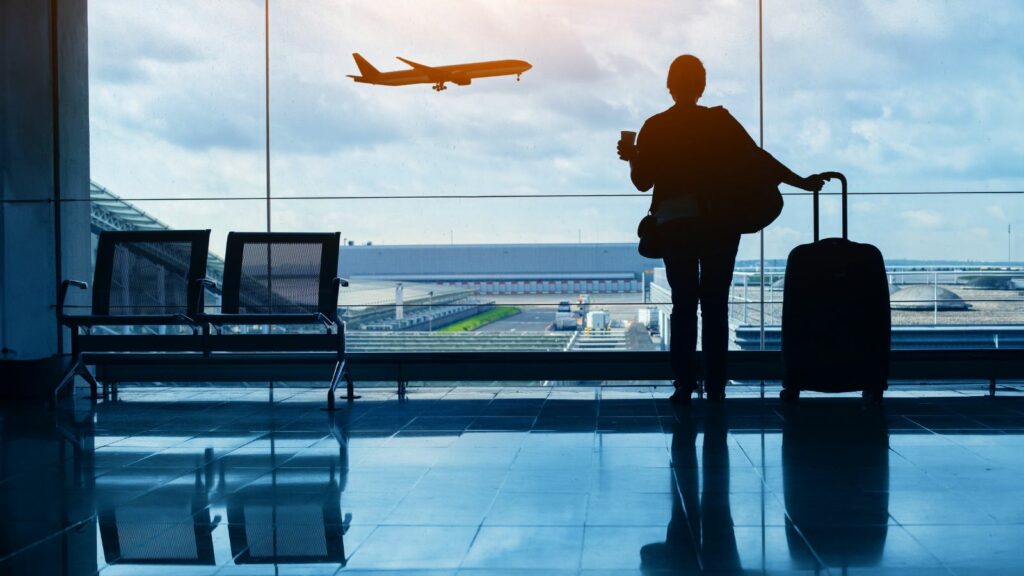For many of us, traveling is one of our greatest pleasures and a summer vacation is the highlight of the year. Butm as 2024 continues to unfold, many people are feeling the sting of spiraling travel costs. From airfare hikes to unexpected fees, budgeting for vacations has become a challenge. We look at 20 surprising ways travel expenses are skyrocketing this year:
Airfare Price Surges

Post-pandemic recovery and inflation have driven airline ticket prices to record highs. Increased fuel costs, limited flight availability and operational challenges have contributed to double-digit price hikes, making it more expensive to fly even on once-budget airlines.
Fuel Price Volatility
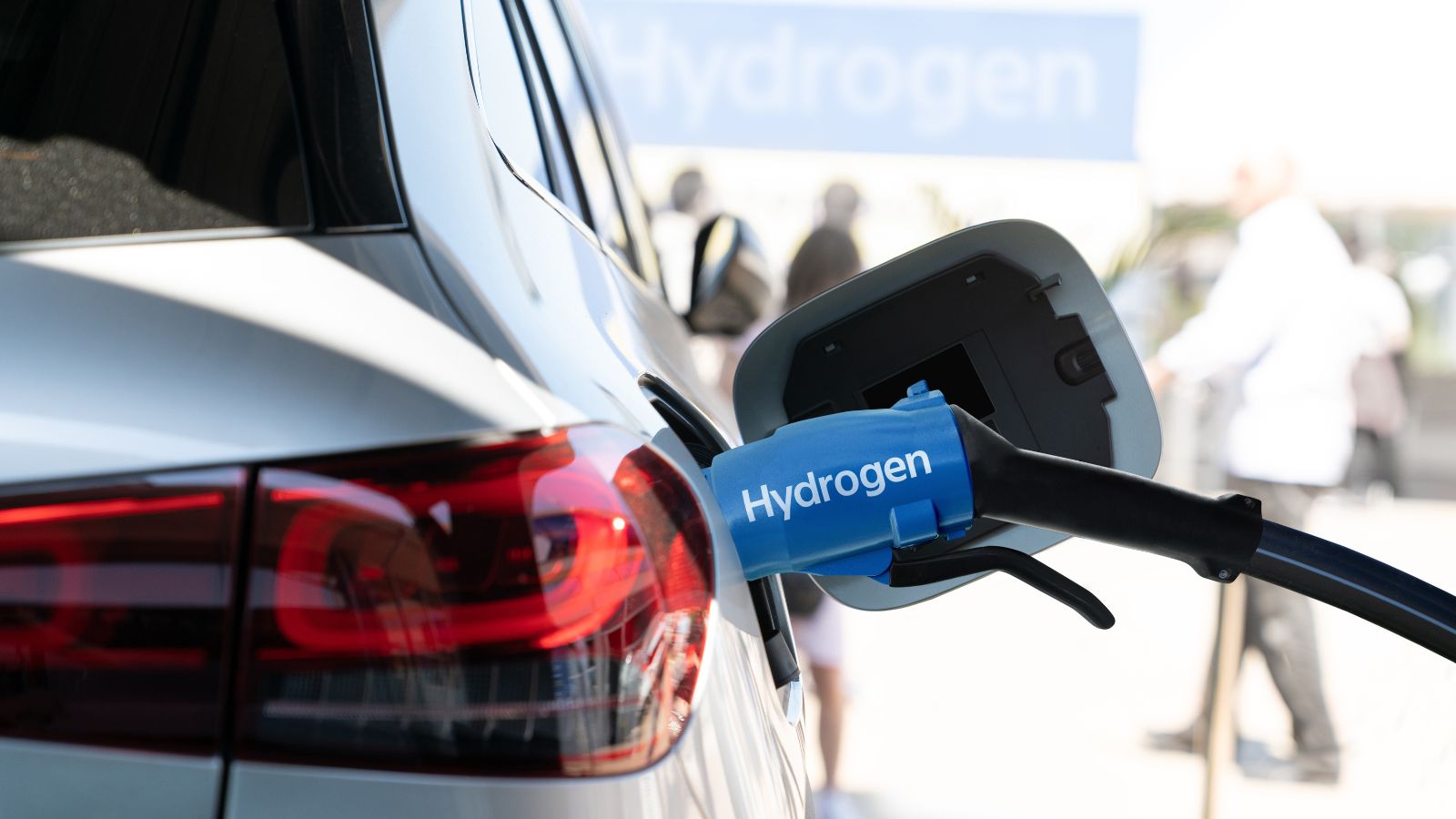
Fuel prices remain highly unpredictable due to global market instability, leading to higher operating costs for airlines, rental cars and cruises. This fuel hike trickles down to travelers, who now face inflated fares for most forms of transportation.
Baggage Fees Expansion

Airlines are continually finding new ways to increase their bottom line, with rising baggage fees being one of the most notable examples. Basic economy fares often exclude free checked baggage and even carry-on bags now incur charges on some low-cost carriers.
Hotel Rate Inflation

Hotel prices have surged as demand skyrockets post-pandemic. Popular tourist destinations see a sharp increase in nightly rates, with many mid-range hotels now costing as much as luxury accommodations did a few years ago.
Increased Cleaning Fees for Vacation Rentals

Platforms like Airbnb and Vrbo have seen a spike in cleaning fees as property owners try to recoup pandemic-era losses. Some travelers report paying nearly as much in additional fees as they do for the actual booking.
Rental Car Shortages and Markups

Due to the lingering effects of the pandemic, rental car companies are still struggling to replenish their fleets. The reduced supply has resulted in soaring rental costs, particularly in popular vacation destinations.
Tourism Taxes and Surcharges
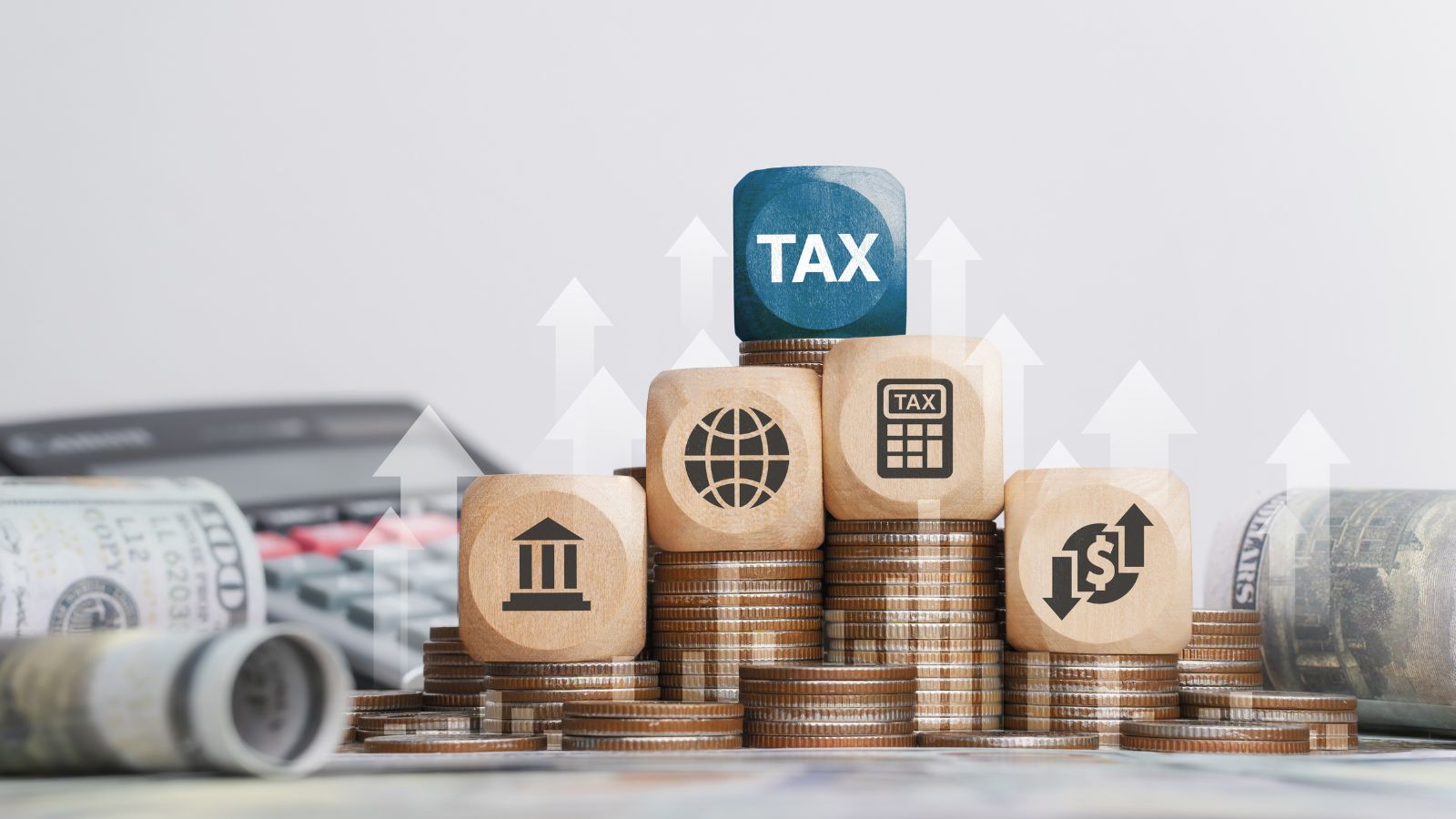
Many countries and cities have implemented new tourism taxes to cope with increased tourist traffic and the need for infrastructure development. Popular spots like Venice, Italy, and Barcelona, Spain, have introduced daily tourist fees and other locations are likely to follow suit.
Dining Out is Costlier

Dining out while traveling has also become more expensive. Rising ingredient costs, supply chain disruptions and labor shortages have led restaurants to raise prices, especially in tourist-heavy areas, making it harder to stick to a travel budget.
Higher Travel Insurance Premiums
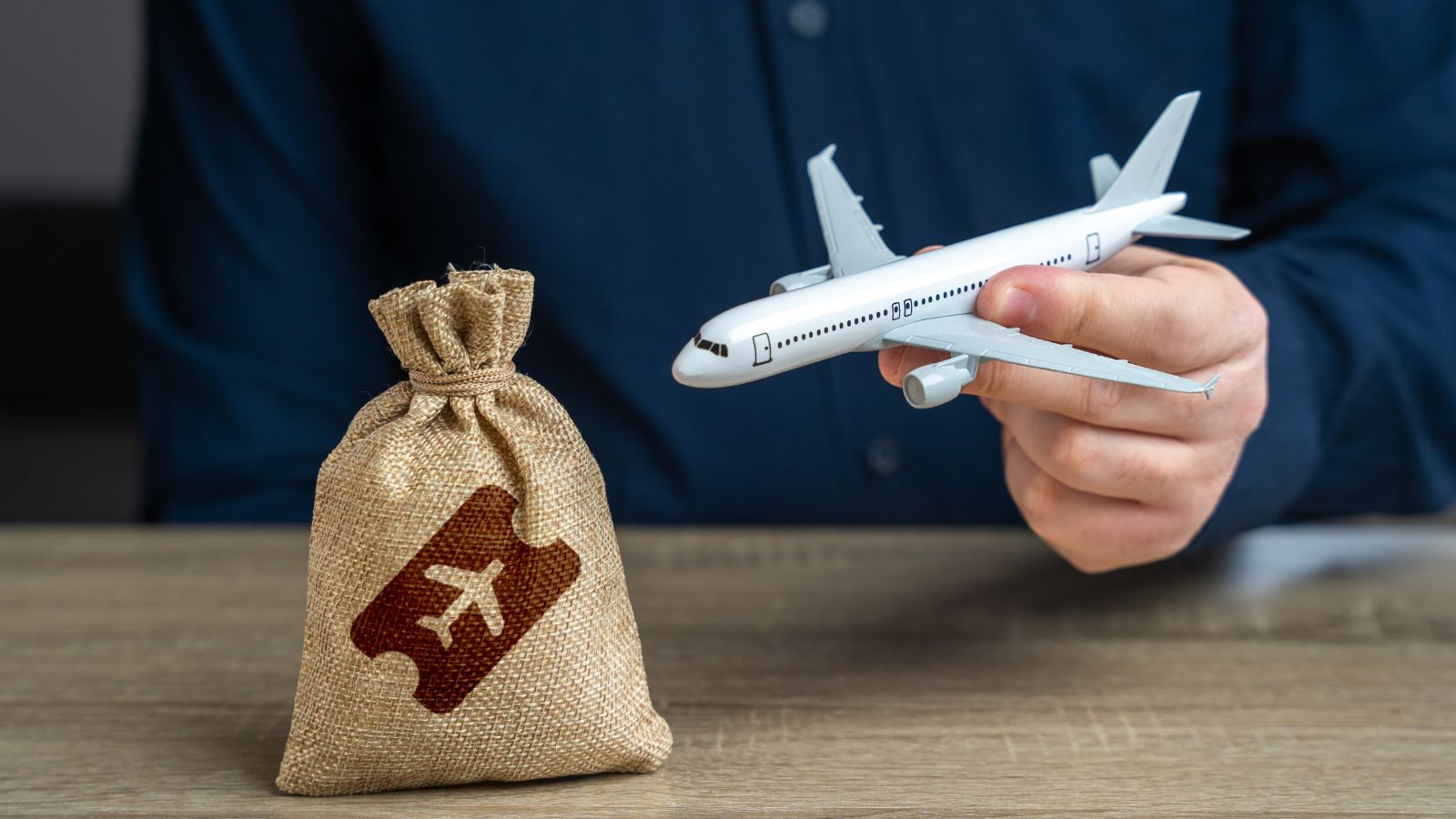
Given the uncertainties of travel in a post-pandemic world, more travelers are opting for insurance, but policies are now pricier. Higher demand, increased risk and broader coverage options for things like health emergencies and cancellations have led to steep premiums.
Paid Attraction Reservations

Many major attractions now require timed tickets or reservations due to increased demand and capacity limits, often with added fees. Sites like national parks, famous museums and even popular hiking trails have introduced reservation systems that often carry additional charges.
Foreign Exchange Rate Fluctuations

Exchange rate fluctuations are making international travel more costly for U.S. travelers. Unfavorable rates, especially in Europe and Asia, reduce the value of the dollar, leading to inflated prices for everything from hotels to meals.
Post-Pandemic Labor Shortages
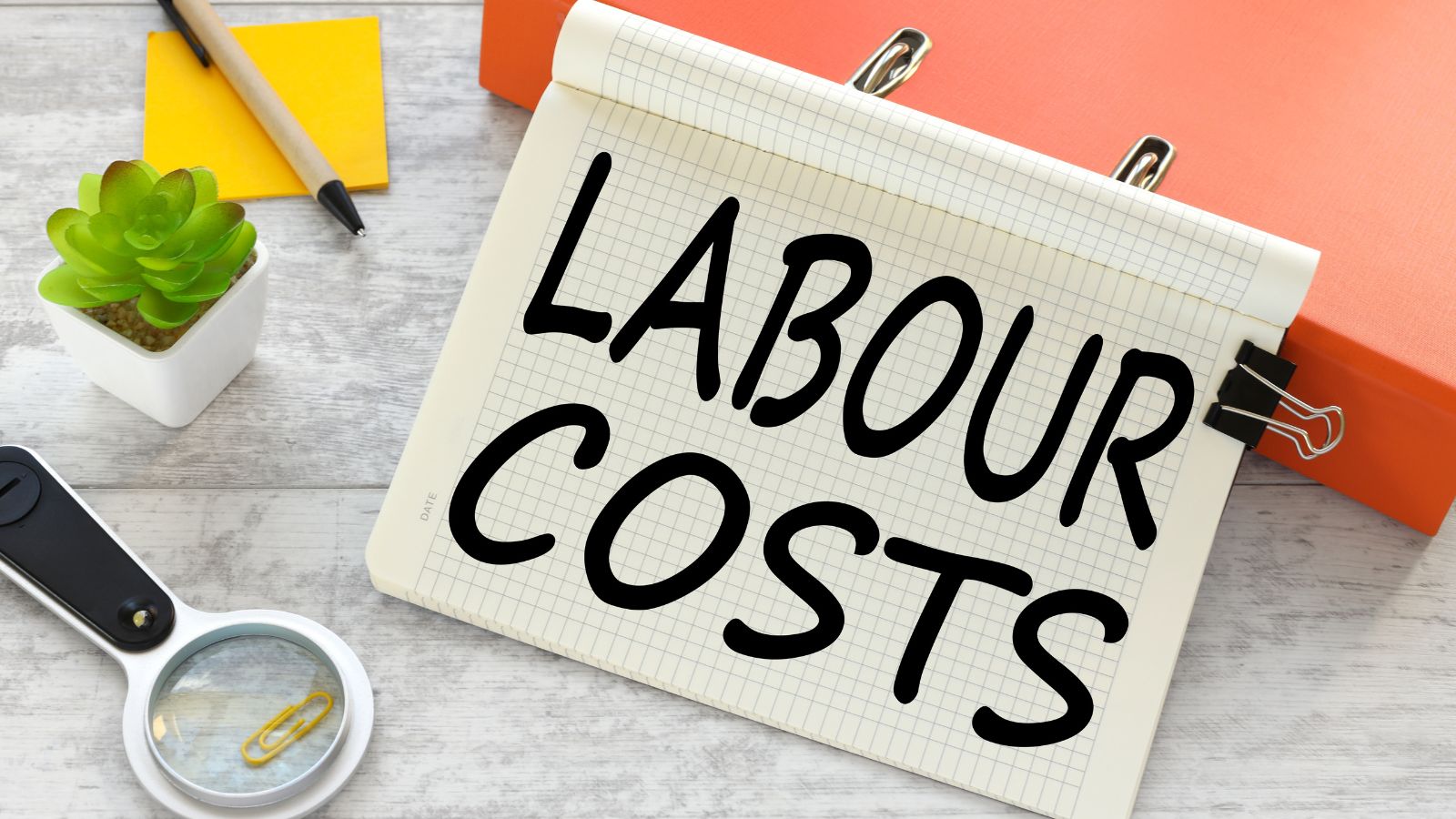
Labor shortages in the hospitality and tourism industry have led to higher wages for workers, a cost passed directly to consumers. This shortage has increased hotel rates, dining prices, and even the costs of guided tours and excursions.
Tightened Airline Rewards Programs
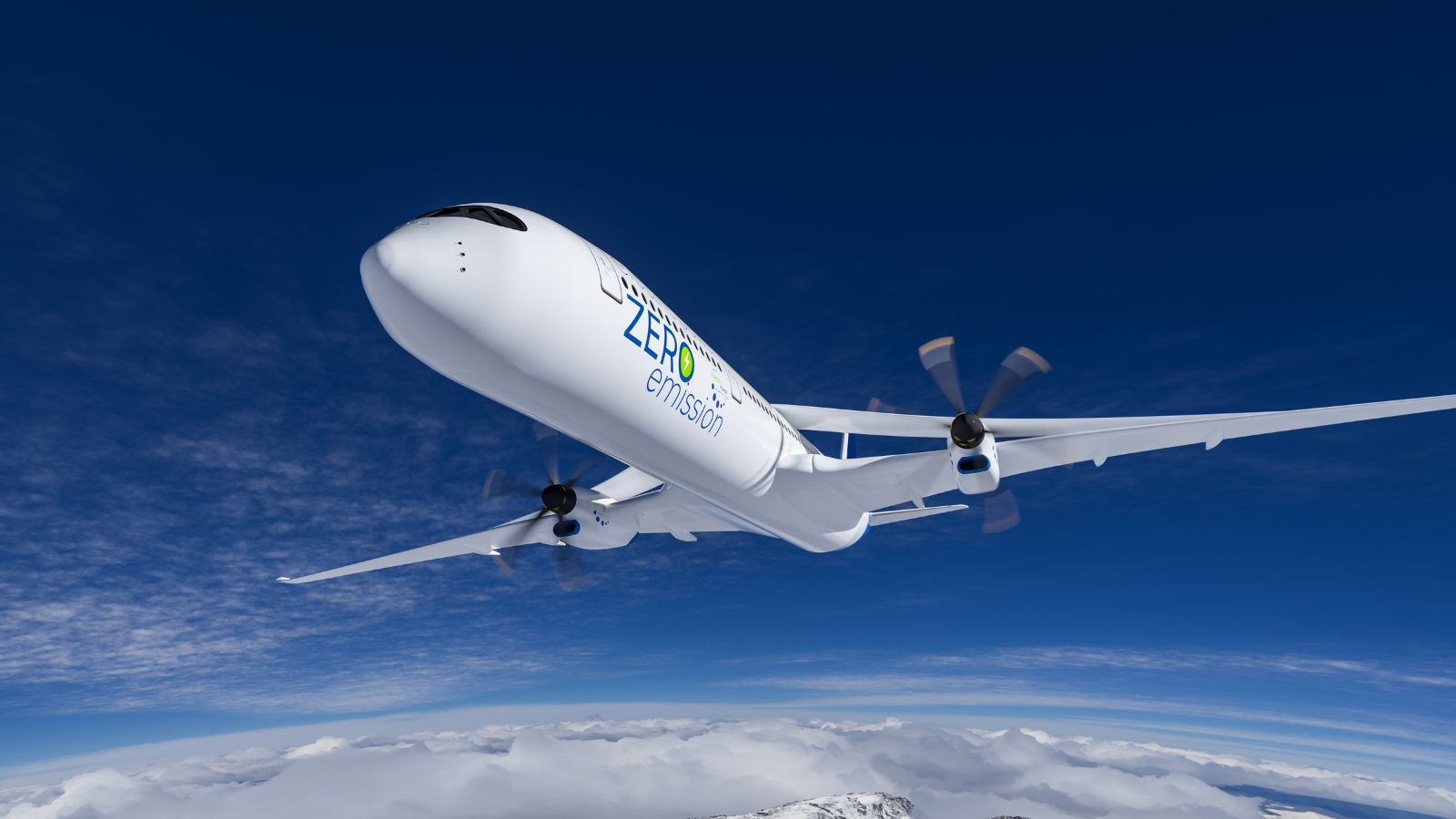
Frequent flyer programs have become less generous, with higher thresholds for redeeming points and miles. Travelers find it more challenging to score free flights or upgrades, as airlines tighten loyalty rewards, making travel more expensive even for loyal customers.
High Demand for Staycations and Local Tourism

Even domestic travel is seeing price increases due to high demand. With more people opting for “staycations,” destinations within driving distance have become more expensive. Hotels, attractions and even gas prices are feeling the pressure of high demand.
Cruise Surcharges

Cruise lines have introduced more surcharges to cover fuel costs and increased operating expenses. From mandatory gratuities to service fees, travelers are facing higher bills once they’re onboard, making cruise vacations less budget-friendly.
Visa and Entry Fee Increases

Many countries have raised their visa or entry fees for tourists, especially as they try to recoup pandemic-related losses. Some destinations now charge fees for environmental or conservation efforts and even previously visa-free countries are adding administrative fees for digital entry permits.
Inflated Costs for Guided Tours

The cost of booking guided tours has risen as operators try to make up for a lack of business during pandemic lockdowns. Prices for popular tours in cities like Paris, Rome, or Tokyo have risen sharply, making it harder to explore destinations on a budget.
Event Ticket Price Hikes
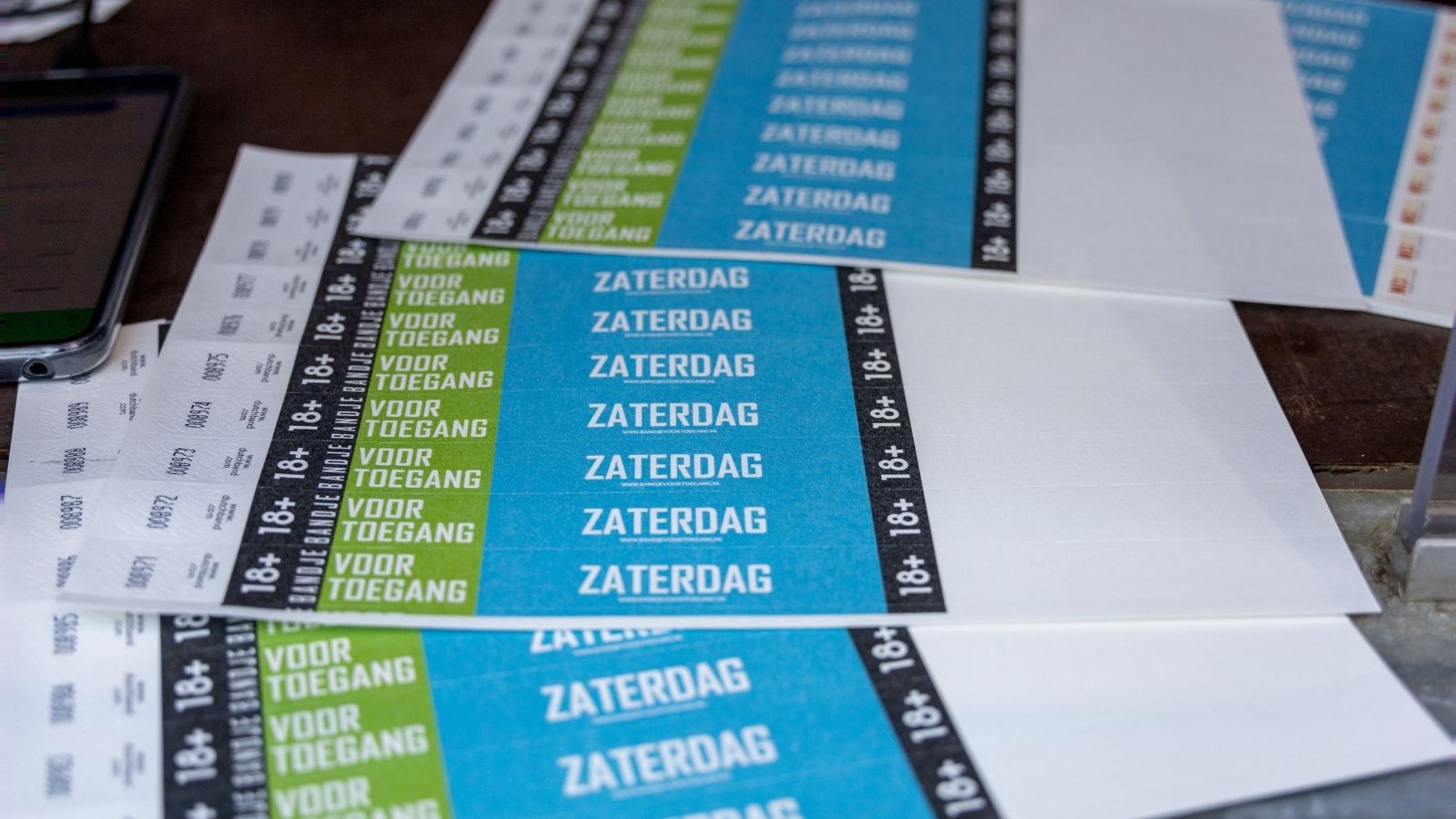
Events such as concerts, festivals and sporting events have all raised ticket prices, citing higher operating and venue costs. This makes cultural experiences during travel increasingly expensive, especially in major cities.
Increased Toll Fees and Parking Costs

Road trips are also becoming pricier as toll fees and parking costs escalate across the U.S. and Europe. Many cities have also raised parking fees in popular downtown areas, making even budget-conscious travel by car a more costly proposition.
Expensive Health and Safety Requirements

Some countries still require travelers to provide proof of COVID-19 tests, vaccinations, or other health-related documentation. These requirements come with fees, such as for testing, health screenings, or digital health passes, adding to the overall cost of travel.
18 Reasons Why People Are Leaving Florida in Masses

Exploring factors that impact the desirability of living in Florida, this list delves into various challenges shaping residents’ experiences. From environmental concerns like rising sea levels to economic factors such as fluctuating job markets, these issues collectively contribute to a nuanced understanding of the state’s appeal.
18 Reasons Why People Are Leaving Florida in Masses
